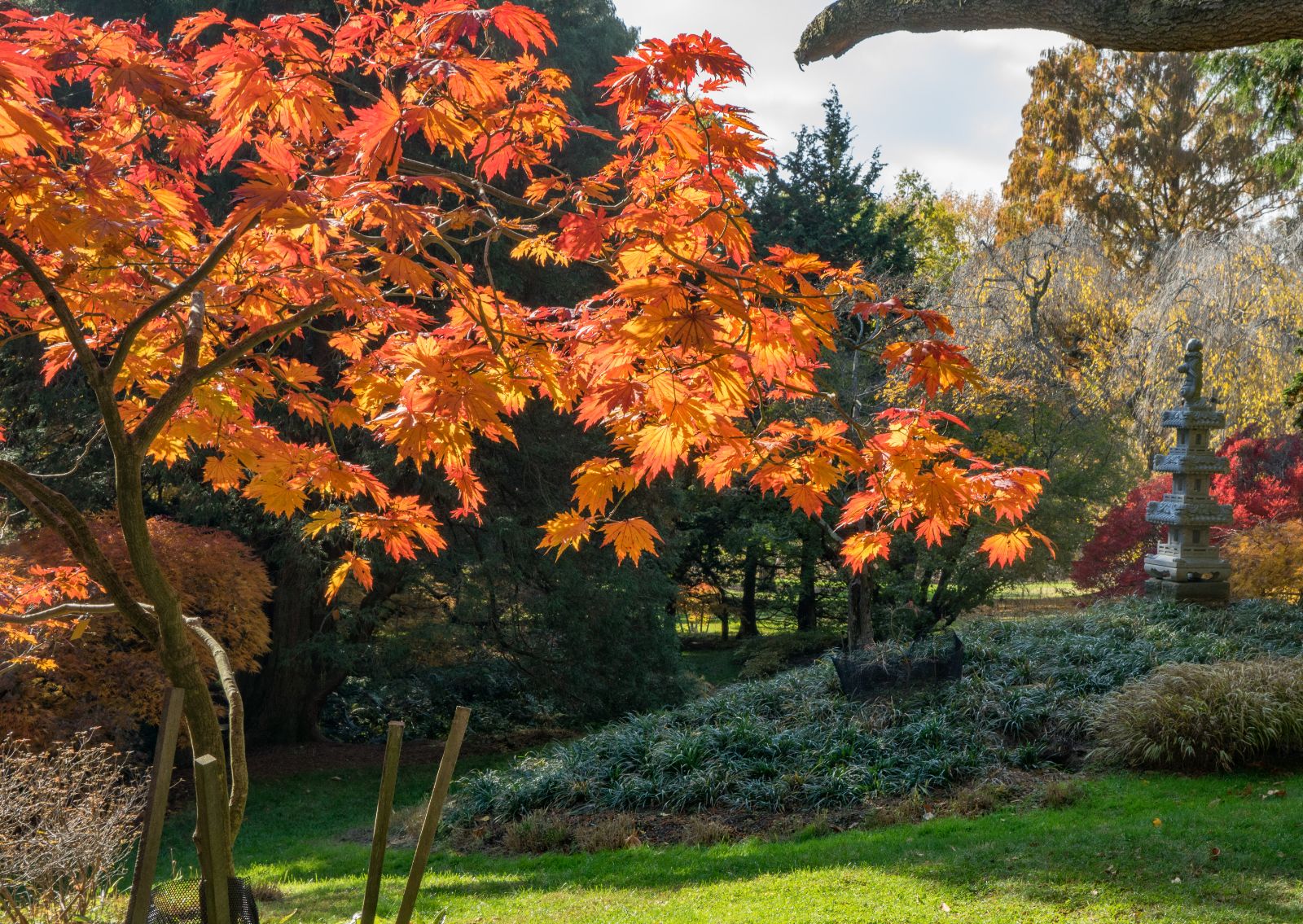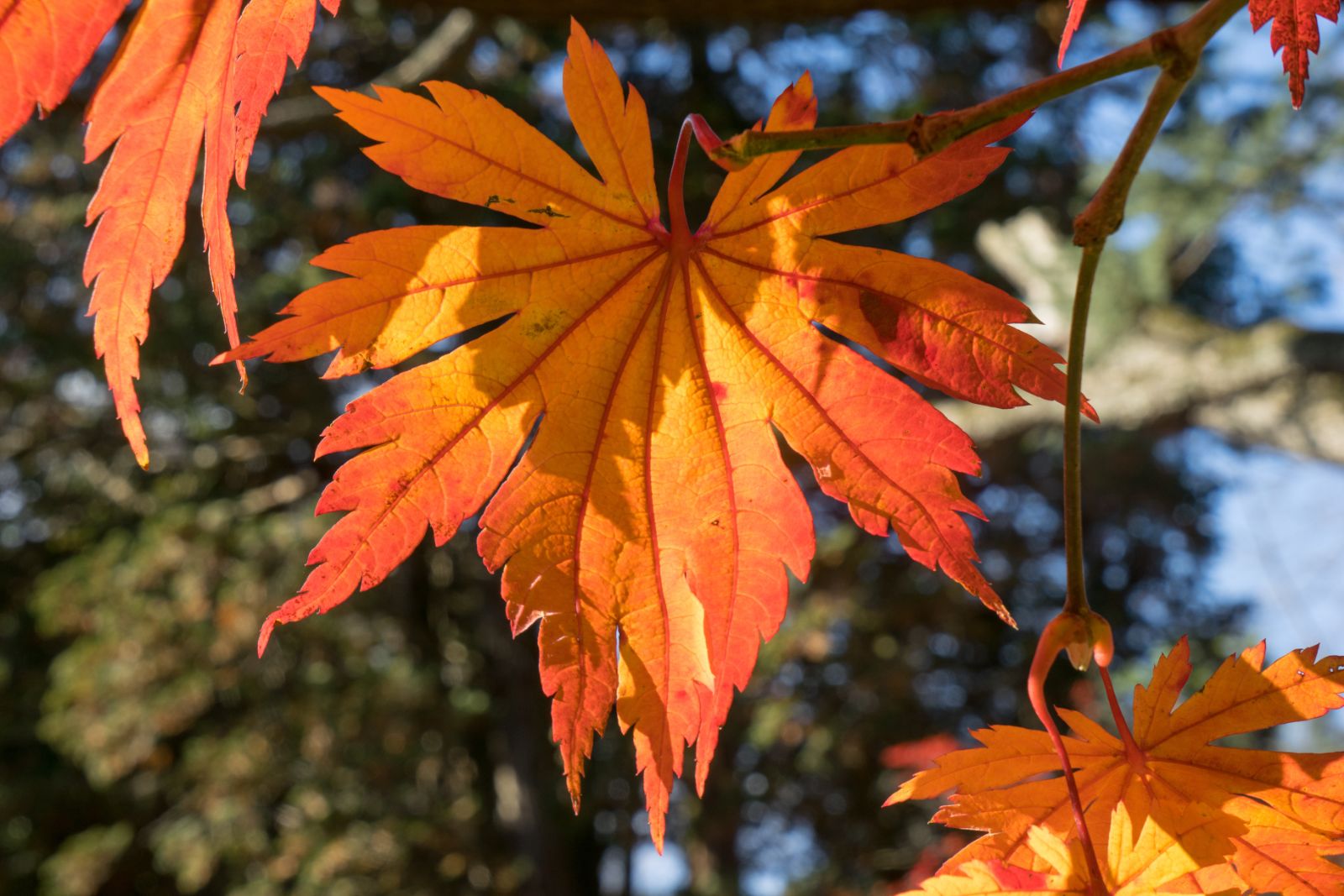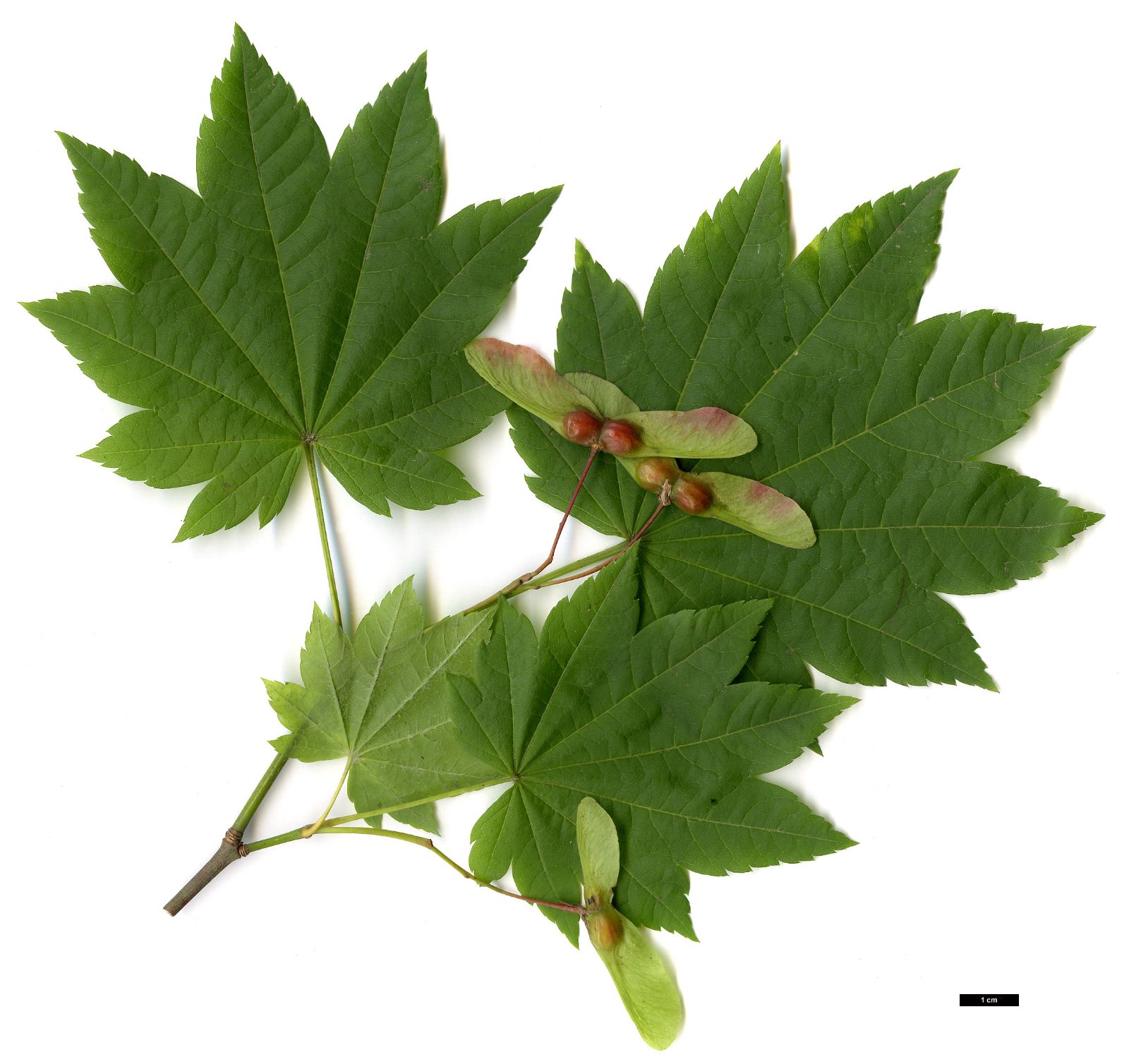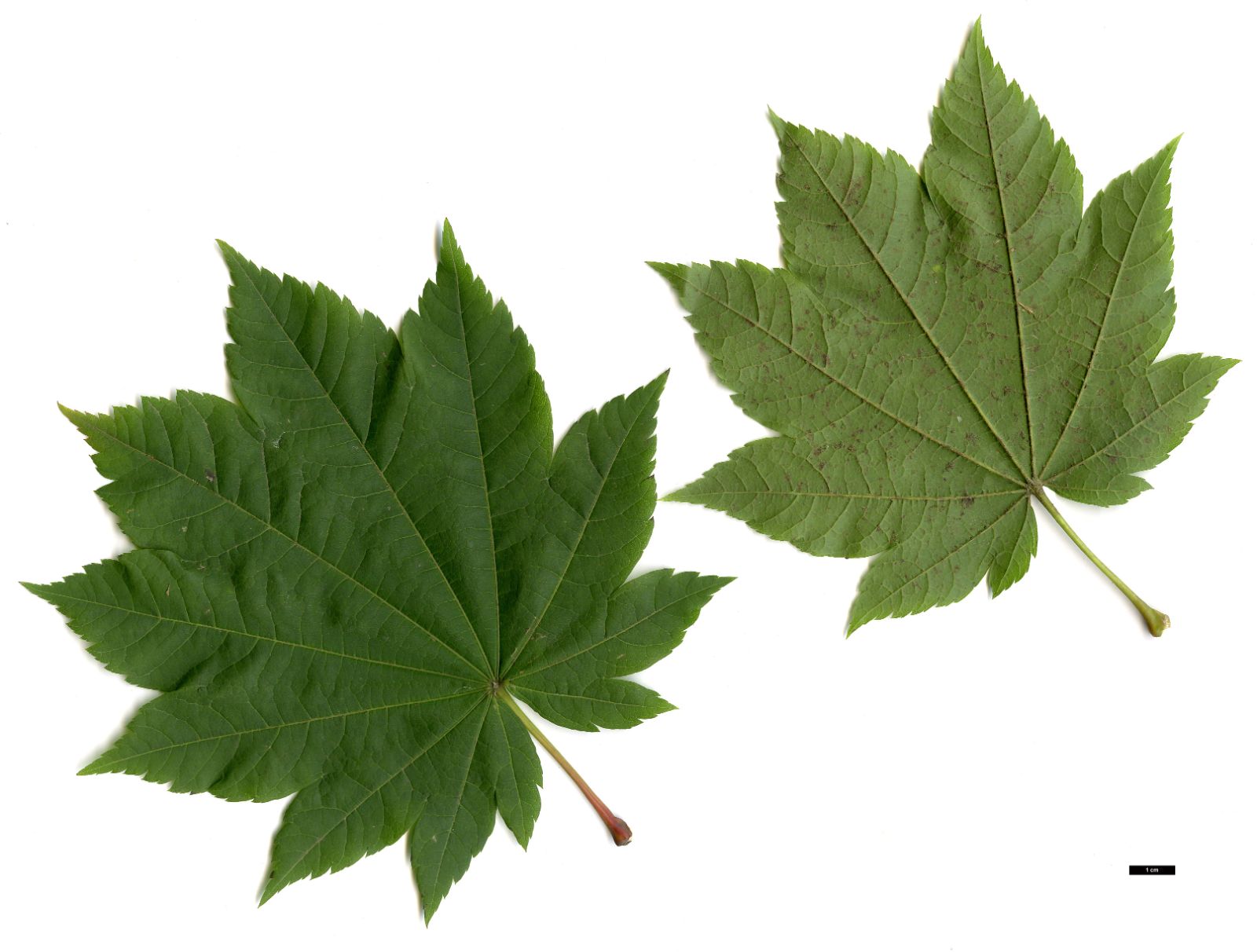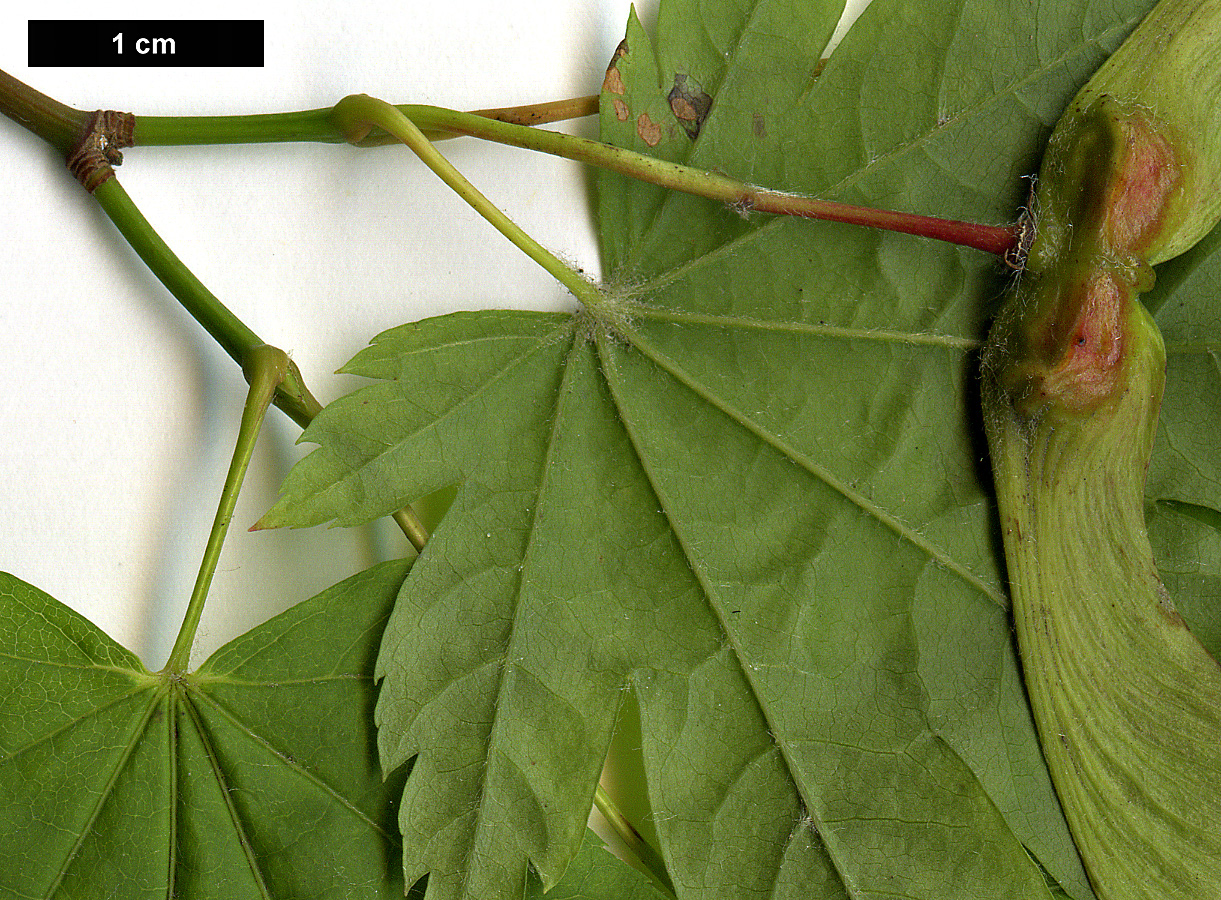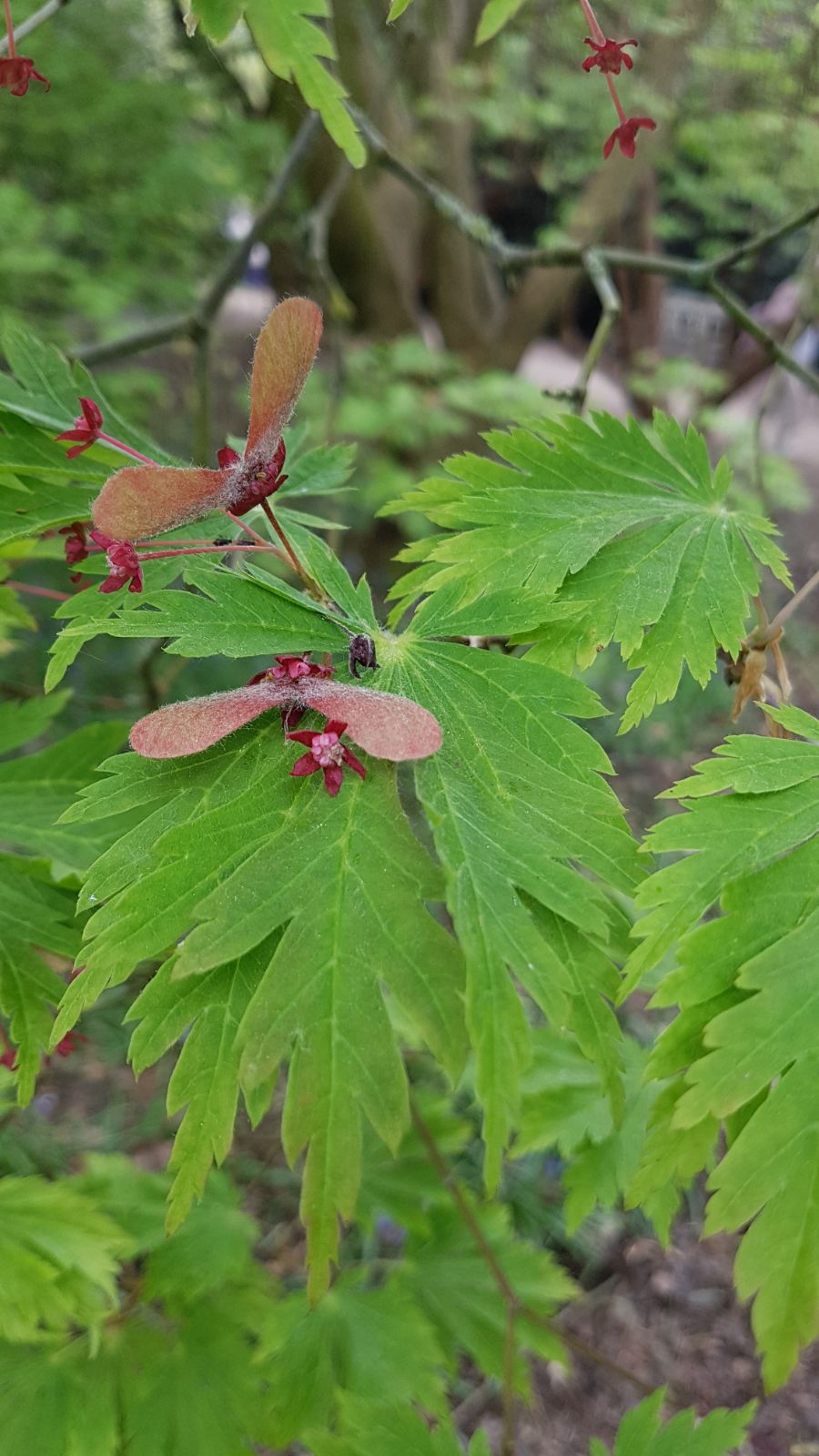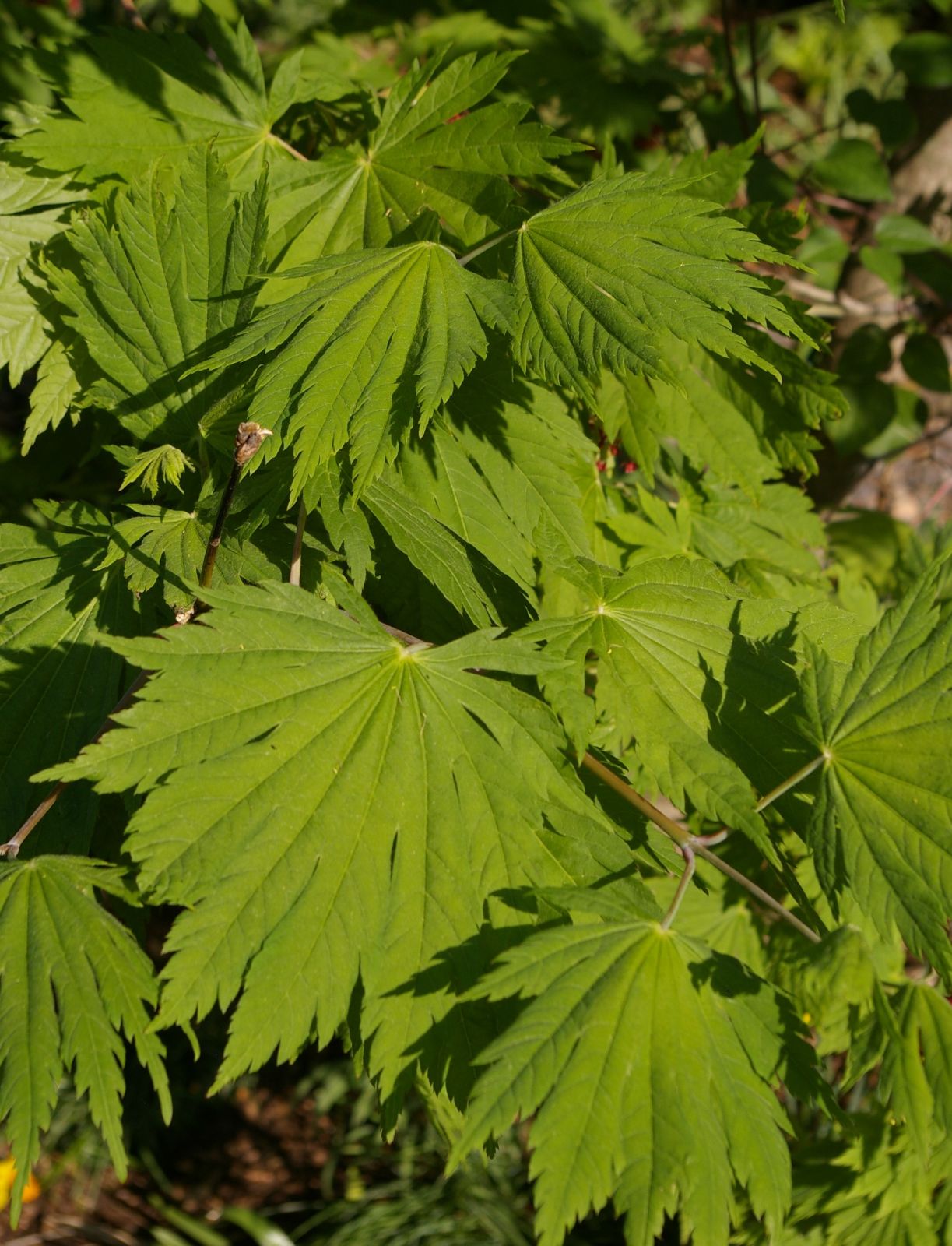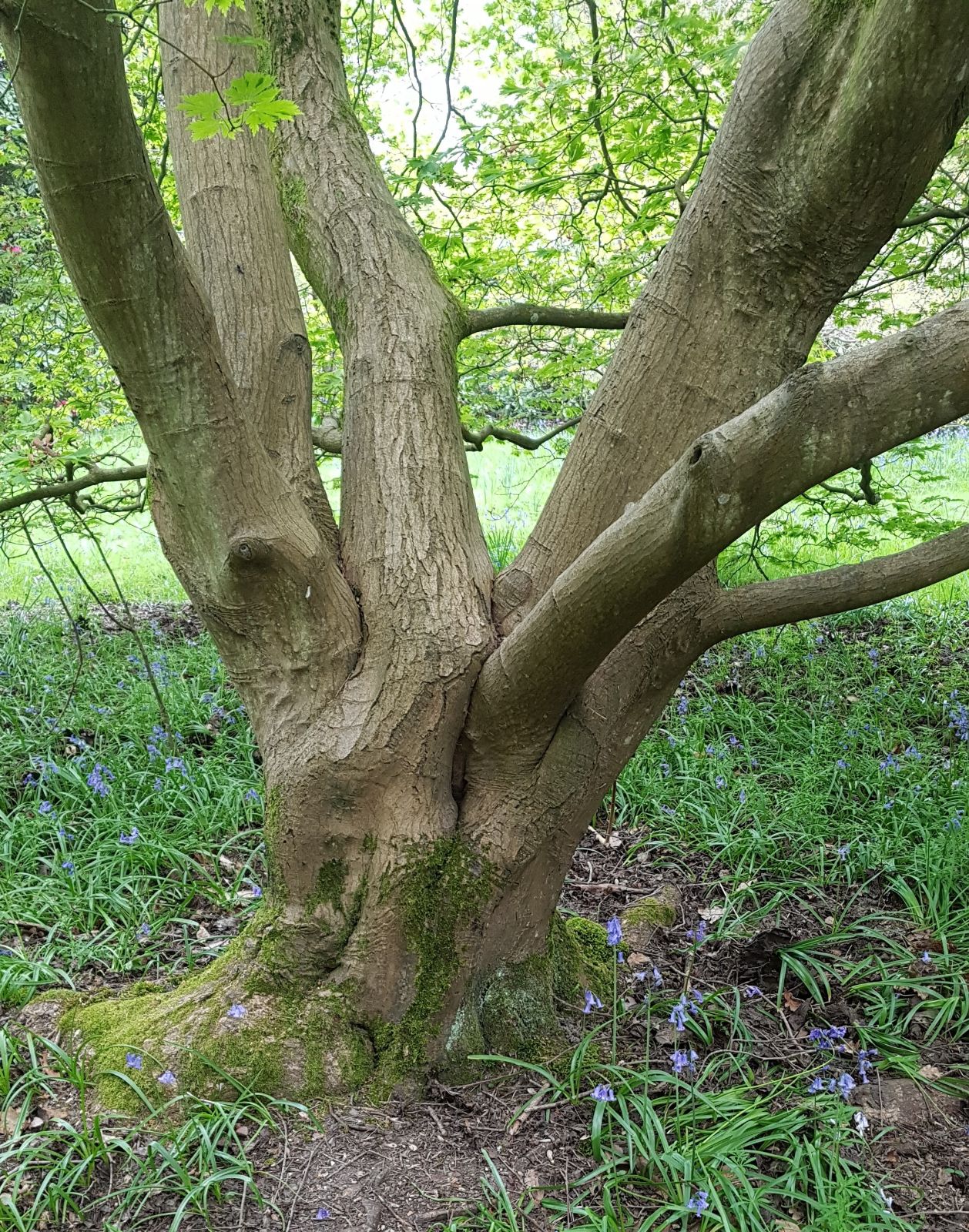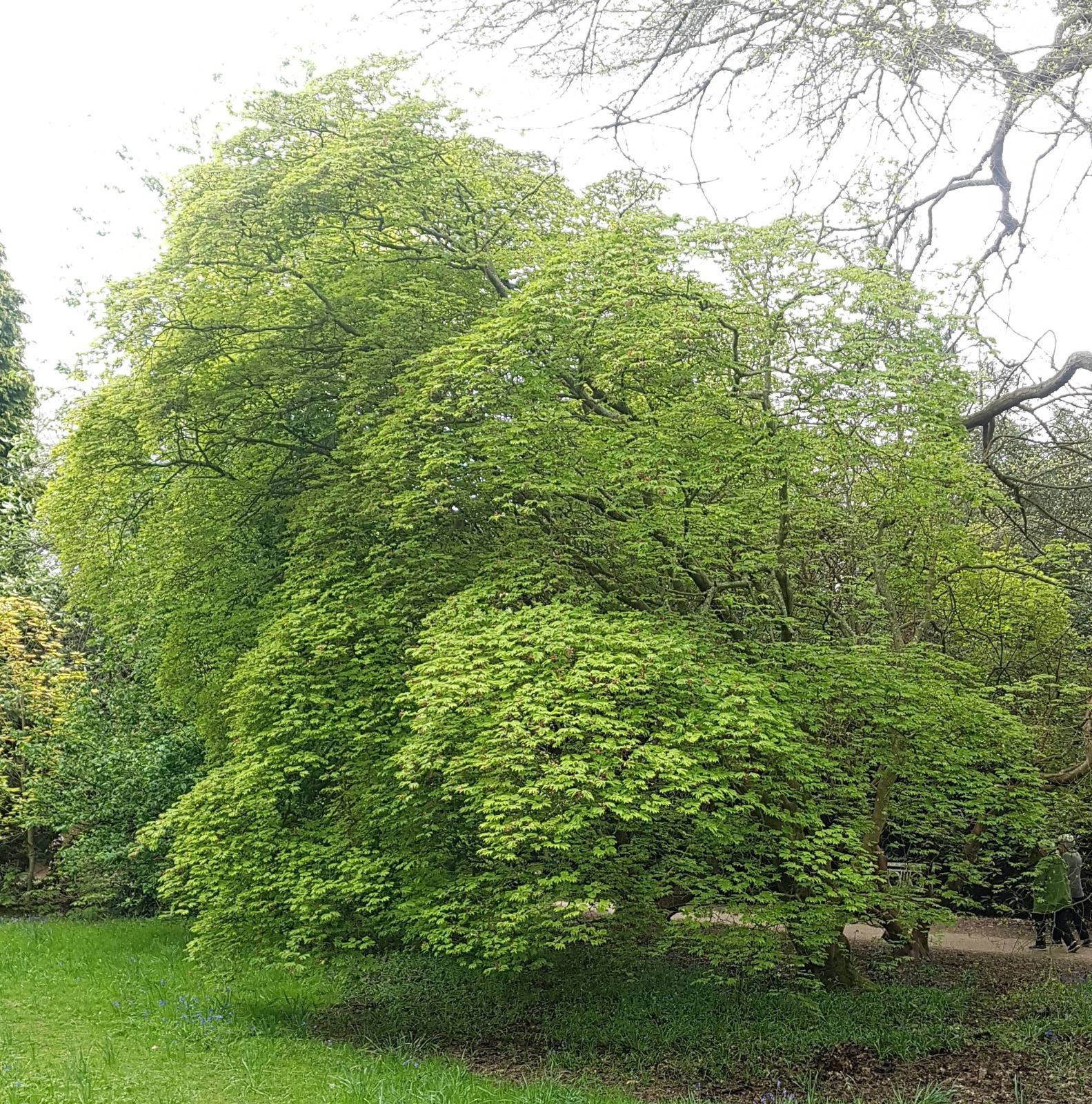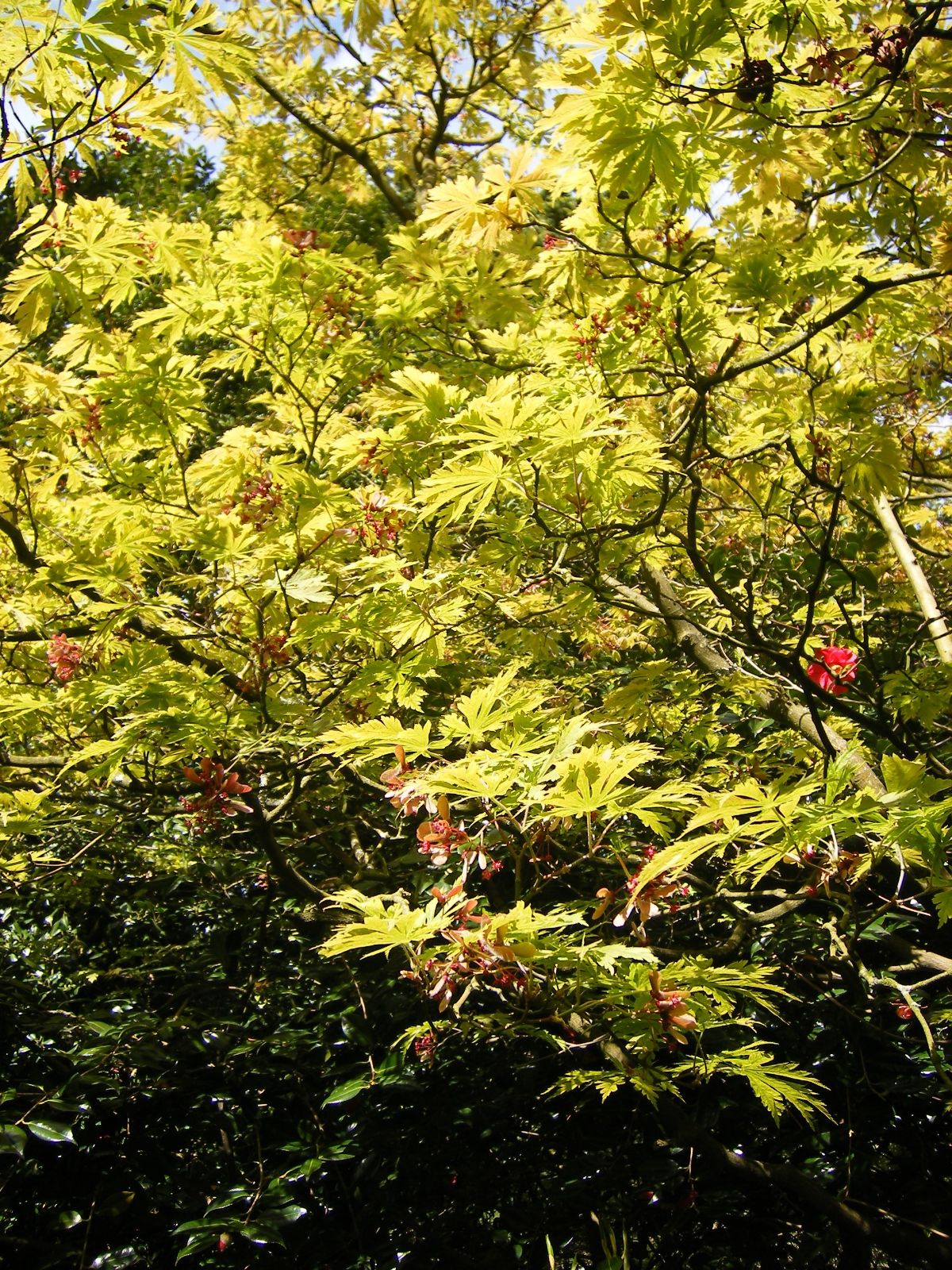Acer japonicum
Sponsor
Kindly sponsored by
a member of the International Dendrology Society
Credits
Article from Bean's Trees and Shrubs Hardy in the British Isles
Recommended citation
'Acer japonicum' from the website Trees and Shrubs Online (treesandshrubsonline.
Genus
Infraspecifics
Other taxa in genus
- Acer acuminatum
- Acer amplum
- Acer argutum
- Acer barbinerve
- Acer buergerianum
- Acer caesium
- Acer calcaratum
- Acer campbellii
- Acer campestre
- Acer 'Candy Stripe'
- Acer capillipes
- Acer cappadocicum
- Acer carpinifolium
- Acer 'Cascade'
- Acer caudatum
- Acer ceriferum
- Acer chapaense
- Acer chienii
- Acer circinatum
- Acer cissifolium
- Acer × conspicuum
- Acer cordatum
- Acer coriaceifolium
- Acer × coriaceum
- Acer crataegifolium
- Acer davidii
- Acer diabolicum
- Acer distylum
- Acer divergens
- Acer duplicatoserratum
- Acer elegantulum
- Acer erianthum
- Acer 'Esk Flamingo'
- Acer fargesii
- Acer fenzelianum
- Acer flabellatum
- Acer forrestii
- Acer franchetii
- Acer × freemanii
- Acer fulvescens
- Acer 'Gimborn'
- Acer ginnala
- Acer glabrum
- Acer 'Gold Coin'
- Acer granatense
- Acer grandidentatum
- Acer griseum
- Acer heldreichii
- Acer henryi
- Acer × hillieri
- Acer hookeri
- Acer hyrcanum
- Acer kawakamii
- Acer komarovii
- Acer laevigatum
- Acer laurinum
- Acer laxiflorum
- Acer lobelii
- Acer longipes
- Acer macrophyllum
- Acer mandshuricum
- Acer maximowiczianum
- Acer maximowiczii
- Acer metcalfii
- Acer miaotaiense
- Acer micranthum
- Acer 'Mindavi'
- Acer 'Minorient'
- Acer miyabei
- Acer miyabei × campestre
- Acer monspessulanum
- Acer morifolium
- Acer 'Mozart'
- Acer oblongum
- Acer obtusifolium
- Acer okamotoanum
- Acer oliverianum
- Acer opalus
- Acer orientale
- Acer palmatum
- Acer papilio
- Acer pauciflorum
- Acer pectinatum
- Acer pensylvanicum
- Acer pentaphyllum
- Acer pentapotamicum
- Acer pictum
- Acer pilosum
- Acer pinnatinervium
- Acer platanoides
- Acer platanoides × amplum
- Acer platanoides × truncatum
- Acer × pseudoheldreichii
- Acer pseudoplatanus
- Acer pseudosieboldianum
- Acer pubinerve
- Acer pycnanthum
- Acer rubescens
- Acer rubrum
- Acer rufinerve
- Acer saccharinum
- Acer saccharum
- Acer sempervirens
- Acer 'Serpentine'
- Acer serrulatum
- Acer shenkanense
- Acer sieboldianum
- Acer sikkimense
- Acer 'Silver Cardinal'
- Acer 'Silver Ghost'
- Acer sinense
- Acer sinopurpurascens
- Acer spicatum
- Acer stachyophyllum
- Acer taronense
- Acer tataricum
- Acer tegmentosum
- Acer tenellum
- Acer tetramerum
- Acer tibetense
- Acer tonkinense
- Acer triflorum
- Acer truncatum
- Acer tschonoskii
- Acer turkestanicum
- Acer tutcheri
- Acer ukurunduense
- Acer velutinum
- Acer wardii
- Acer 'White Tigress'
- Acer wilsonii
- Acer × zoeschense
A small, bushy, deciduous tree 20 to 30 ft (rarely 40 to 50 ft) in height; branchlets glabrous. Leaves 2 to 5 in. long and wide, roundish in the main, but seven- to eleven-lobed, the lobes ovate or lanceolate, long-pointed, sharply and irregularly toothed; there is a tuft of whitish hairs at the end of the downy leafstalk on the upper side, and the under-surface is furnished with whitish hairs on the ribs and in their axils. Flowers purplish red, produced in early April before the leaves in long-stalked clusters. Fruits at first hairy, then glabrous; keys 3⁄4 to 1 in. long; wings 1⁄3 in. wide, spreading nearly or quite horizontally.
Native of Japan. It is best known in cultivation by its garden varieties, of which the following are the commonest:
From the Supplement (Vol. V)
For the cultivars of this species, see Vertrees, op. cit., pp. 134–41.
cv. ‘Aconitifolium’. – It has frequently been questioned whether ‘Aconitifolium’ is really the same clonally as ‘Filicifolium’ (‘Parsonsii’). According to Vertrees, they are indeed different, ‘Filicifolium’ having slightly smaller leaves with narrower lobes and of thinner texture. But he adds that they are really very similar and that, for the nursery trade, ‘the question may be only academic.’
cv. ‘Aureum’. – See A. shirasawanum f. aureum below.
† cv. ‘Green Cascade’. – Leaves deeply divided as in the Dissectum group of A. palmatum; of pendulous habit, needing training when young. Raised in the USA.
A. pseudosieboldianum – Closely related to this and perhaps no more than a local variant is A. takesimense Nakai, which is said to differ from it in having leaves with thirteen or fourteen lobes, more incisely toothed. Introduced by J.G. Harris from the type-locality on Ullung-do (Dagelet Island), off the coast of Korea.
A. sieboldianum – The usual autumn colour in this species is orange and red though yellow in the cultivar ‘Sode No Uchi’.
† A. shirasawanum Koidz. A. japonicum microphyllum Hort. – Leaves similar to those of A. japonicum in general shape and lobing, but on the average somewhat smaller; petioles longer, 11⁄4 in. to 3 in. long, glabrous from the start, against downy at first and sometimes persistently so in A. japonicum; inflorescence and infrutescence pointing out more or less in the direction of the twig (pendulous in A. japonicum). Native of Japan. Although not described until 1911, there can be little doubt that this maple was cultivated by Messrs Veitch in their Coombe Wood nursery as early as 1888 as A. japonicum microphyllum. Certainly the plants cultivated in the USA under that name today are A. shirasawanum (Thomas J. Delendick, Brittonia Vol. 36, pp. 49–50 (1984)).
f. aureum (Siesmayer) Delendick A. japonicum aureum Siesmayer; A. j. f. aureum Schwerin; A. j. ‘Aureum’ Hort. – Leaves greenish yellow when young, colouring red and orange in the autumn. Previously cultivated as A. japonicum ‘Aureum’, this has recently been shown to belong to A. shirasawanum (Delendick, op. cit., pp. 50–57). It was introduced to Britain by Messrs Veitch before 1881, and the cultivar name ‘Aureum’ would belong to the clone distributed by them. However, the fine tree portrayed in Vertrees’ work (p. 136), growing in D. M. Gelderen’s nursery (Firma C. Esveld) at Boskoop dates from the 1860s. Whether it is clonally the same as the Veitchian introduction is not yet certain.
† A. tenuifolium (Koidz.) Koidz. A. shirasawanum var. tenuifolium Koidz. – Very near to A. shirasawanum, but with leaves of a delicate membranous texture, downy beneath at least when young and with persistent axillary tufts. Native of Japan.
A pseudosieboldianum Komar
Native of Manchuria, and also of Korea, where, according to Wilson, ‘in autumn its foliage assumes wonderful tints of orange, scarlet and crimson and is reponsible for much of the autumn beauty of the forest’. It is allied to A. japonicum, but differs in its leaves, which have nine to eleven lobes, never as few as seven, as in that species; the lobes are lanceolate-oblong, narrower and more elongated.A sieboldianum Miq
Native of Japan. Also allied to A. japonicum, from which it differs in its yellow flowers and the downiness of the young shoots. There is an example at Kew 16 ft high, which colours yellow in the autumn.'Aconitifolium'
Lobes reaching to within {1/2} or {1/4} in. of the end of the leaf-stalk, each lobe being again divided and sharply toothed; autumn colour crimson. It makes a rounded bush to 9 ft or even more. Also known as A. j. laciniatum, A. j. parsonsii, and A. j. filicifolium.
'Aureum'
Leaves wholly of a pale golden yellow, and very effective during the whole of the summer. There is an example in the Sunningdale Nurseries, Windlesham, about 20 ft high and 20 ft across.'Vitifolium'
This variety contributes much to the autumn splendours of Westonbirt, where there are many large specimens. ‘No maple gives a more brilliant or varied display of autumn colour, the central mass of foliage often remaining a vivid green, while the branches blaze into purple, crimson, scarlet and orange.’ (A. B. Jackson, Catalogue of the Trees and Shrubs at Westonbirt.) It is for this quality that it is chiefly grown, but the leaves too are remarkable for their large size, being up to 6 in. long and wide. Of unknown origin, but described by Veitch in Journ. R.H.S., Vol. 29, p. 334.The typical A. japonicum often turns rich crimson in the autumn. The combination of characters which distinguish it from other maples are the numerous leaf-lobes, the downy leaf-stalk, and the glabrous young shoots.


